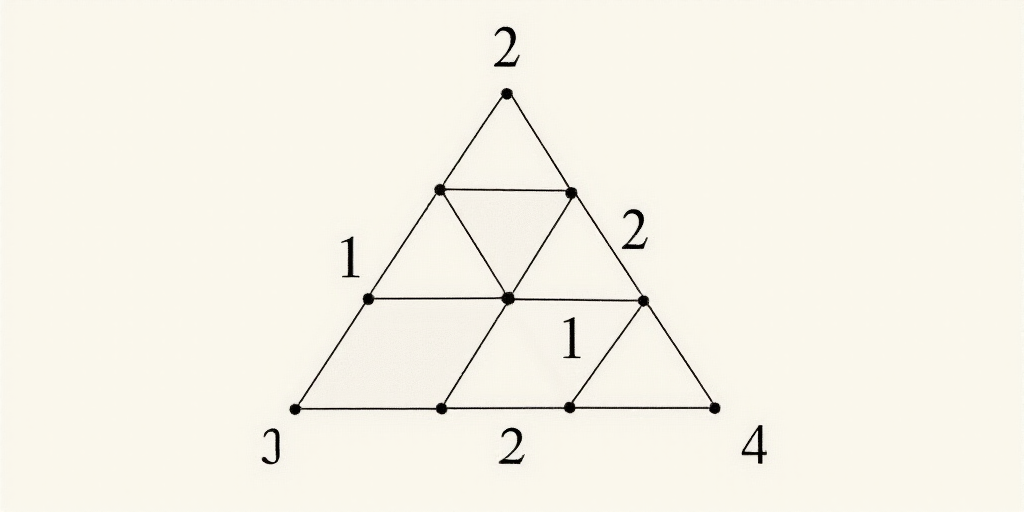Introduction to the Changing Demographics in Mexico
Over the past decade, Mexico has witnessed a significant transformation in family structures, reflected in birth rates, marriages, and average number of children. This article delves into the decline in Mexico’s birth rate and its implications.
Historical Context and Current Trends
According to historical data from Mexico’s National Institute of Statistics and Geography (Inegi), the birth rate in Mexico was 70.1 nacimientos for every 1,000 women of childbearing age a decade ago.
By 2024, almost ten years later, this rate has contracted by 1.5 times to 47.4 nacimientos per 1,000 women of childbearing age.
Key Statistics in 2024
In 2024, a total of 1.67 million births were registered, with 49.4% being female and the remaining 50.6% male.
Societal Implications
This decline in birth rates signifies a shift in societal values and priorities among Mexican women. Factors contributing to this change include increased access to education, career opportunities, and family planning resources.
As a result, smaller families have become more common, impacting the future workforce, social security systems, and overall population growth.
Who is Affected?
This demographic shift affects various sectors, including:
- Economy: A smaller workforce may lead to labor shortages, while a more educated and skilled population could boost productivity and innovation.
- Social Services: Changes in the age distribution may strain or alleviate pressure on social security and healthcare systems.
- Housing Market: Demand for housing may adjust based on family size and composition.
Key Questions and Answers
- What is the current birth rate in Mexico? The birth rate in Mexico is currently 47.4 nacimientos for every 1,000 women of childbearing age.
- How has the birth rate changed over the past decade? The birth rate has decreased by 1.5 times since 2015.
- What factors have contributed to the decline in birth rates? Increased access to education, career opportunities, and family planning resources have led Mexican women to have fewer children.
- Who is affected by the changing birth rates? Various sectors, including the economy, social services, and housing market, are impacted by this demographic shift.






